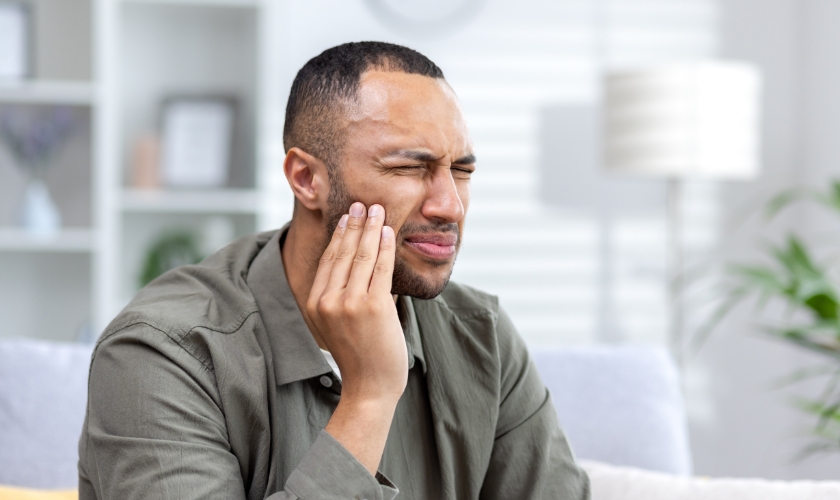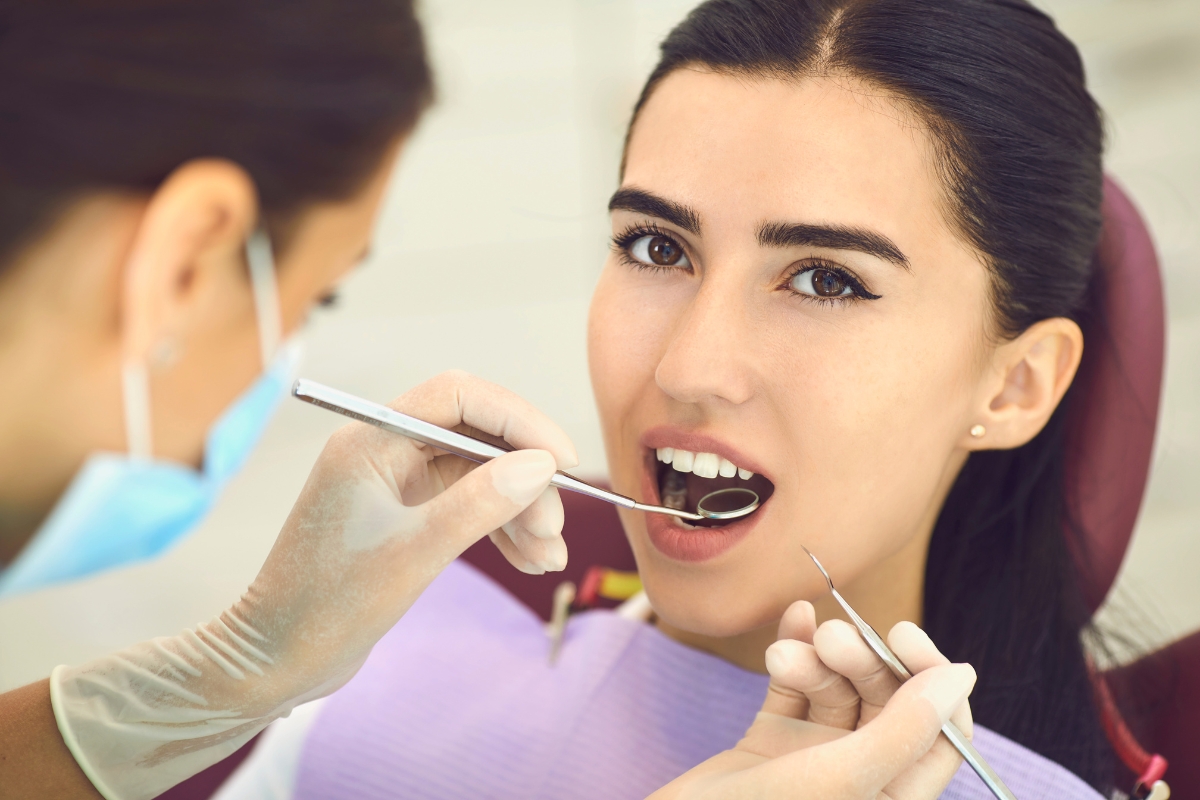
A toothache tends to interrupt your day. You need safe relief and must have your emergency dentist fix the issue right away. This is a soothing, down-to-earth step-by-step guide to pain management in your own home, protection of your teeth, and preparing for an immediate visit to Newton Dental Studio—no myths, no shortcuts, no random Google suggestions.
First, determine whether it’s an emergency
If any of the following occur, call an emergency dentist in Newton or go to urgent care immediately—don’t wait for an appointment:
- Swelling, fever, or bad taste with swelling (risk of infection).
- Trouble swallowing, speaking, or breathing.
- Broken or loose tooth from trauma.
For cracks and swelling, rinse with warm water and place a cold compress on the face while you arrange care.
Toothache first aid: pain relief that won’t backfire
Until you are seen, over-the-counter pain medications can relieve the pain. ADA-approved guidelines recommend nonsteroidal anti-inflammatory agents (NSAIDs) such as ibuprofen or naproxen as first options; combining an NSAID with acetaminophen might work better for a short-term toothache than opioids. Follow the label and your dentist’s recommendation closely, especially if you have medical conditions.
Then do the two simple things emergency dentists really recommend for toothaches:
- Rinse with warm water to clean out debris.
- Floss carefully to loosen food wedged between teeth.
- And avoid the “aspirin on the tooth” myth—it’ll irritate gum tissue.
Keep it clean and quiet until the appointment
Pain generally stems from an inflamed pulp or deep cavity (think irreversible pulpitis or an abscess in the process of formation). Your goal is to control further inflammation:
- Eat using the other side; avoid very hot, very cold, and sweet foods.
- Don’t push on the tooth. Don’t “test it.”
- Sleep with your head elevated to reduce throbbing.
Here’s toothache first aid that also helps your emergency dentist: write down when the pain started, what triggers it (cold, chewing, lying down), and what helps. These clues speed diagnosis.
Prepare for what your emergency dentist will inquire about
Bring a brief list to the visit—clean, clear, and available:
- Medications, allergies, and serious medical conditions.
- Recent dental treatment of the tooth (filling, crown, whitening, orthodontics).
- Pictures if you notice a chip or swelling line on the gum.
If you need an emergency dentist in Newton, having this knowledge handy helps the personnel more quickly triage you and get definitive treatment set up, instead of transient distress.
What not to do (small decisions, big difference)
- Do not apply aspirin to the gum or tooth. Chemical burns are present.
- Do not attempt to dislodge something lodged with sharp objects; use floss alone.
- Do not apply heat to the face; it will worsen the swelling.
Why is speed necessary, then what occurs
ERs do ease pain, but most odontogenic problems need dental care—think about pulp therapy, root canal, drainage, or replacement of a failed restoration. Therefore, ADA guidelines are centered on non-opioid pain management as you schedule final dental treatment; your emergency dentist will address the cause, not the symptom.
One additional note: if something is knocked off or a crown becomes loose, preserve the piece, dry it out, do not chew on that side, and carry it with you.
Call Newton Dental Studio today. Unwind, get instant attention from a dental staff that treats the cause, preserves your health, and brings your oral health back to normal.


